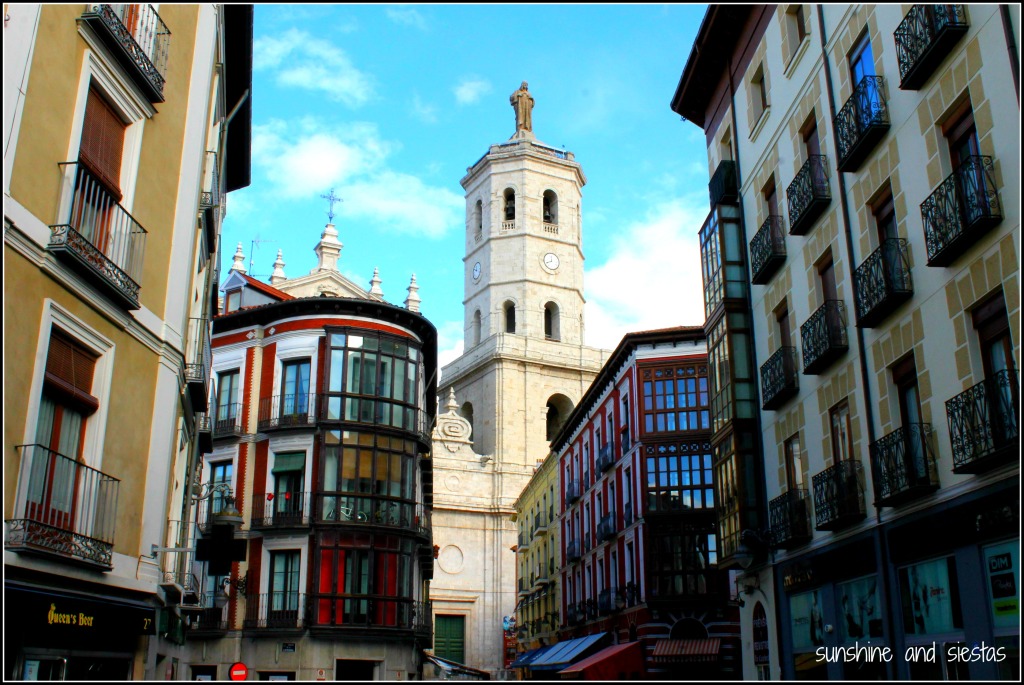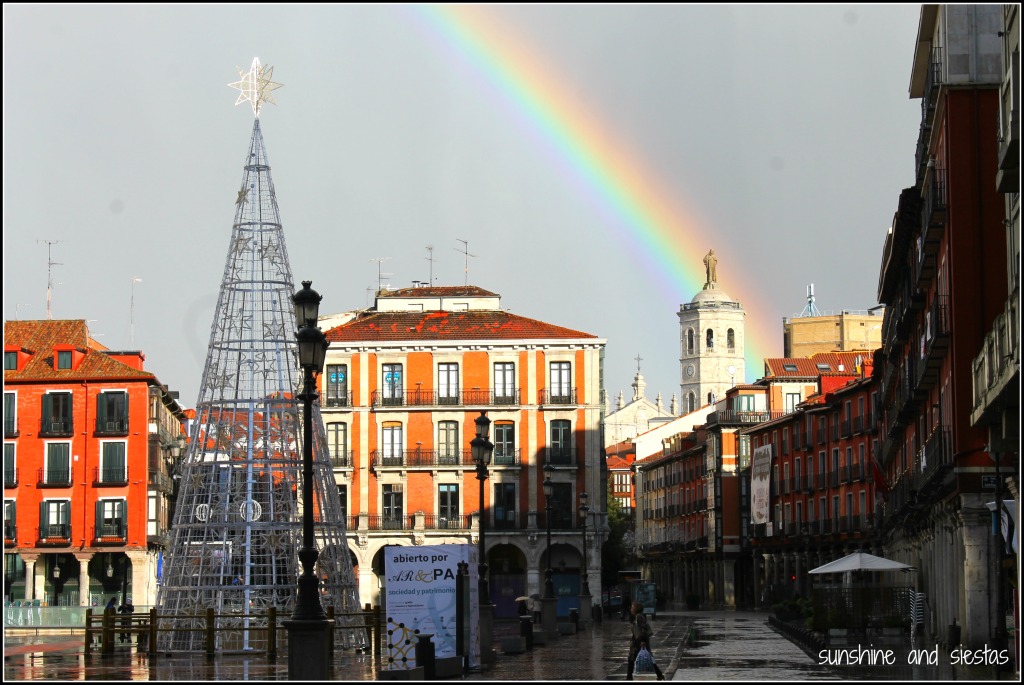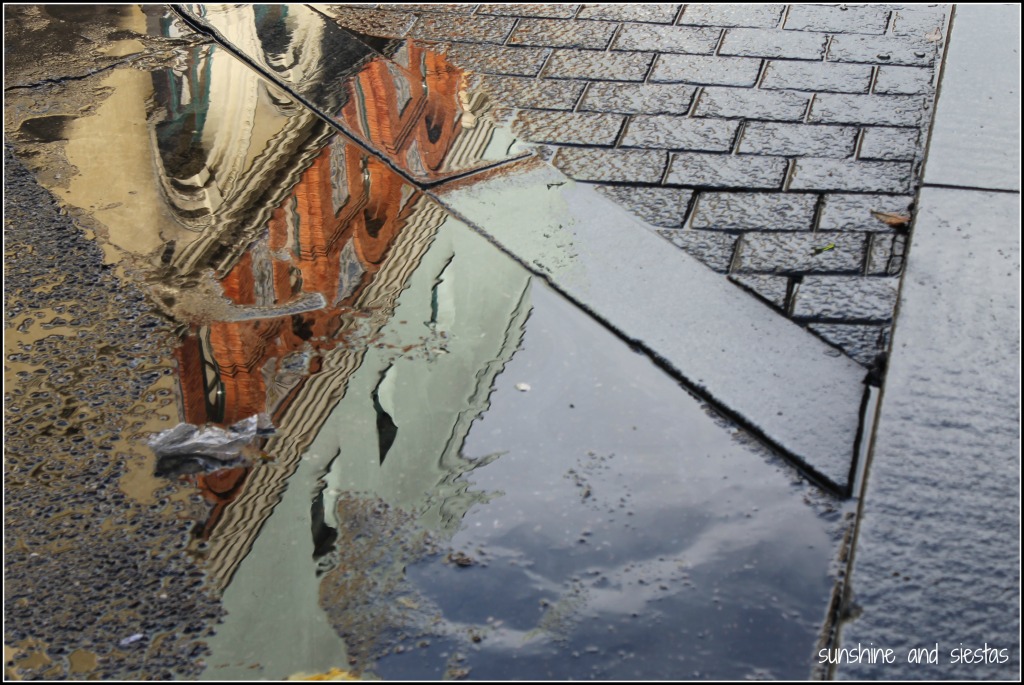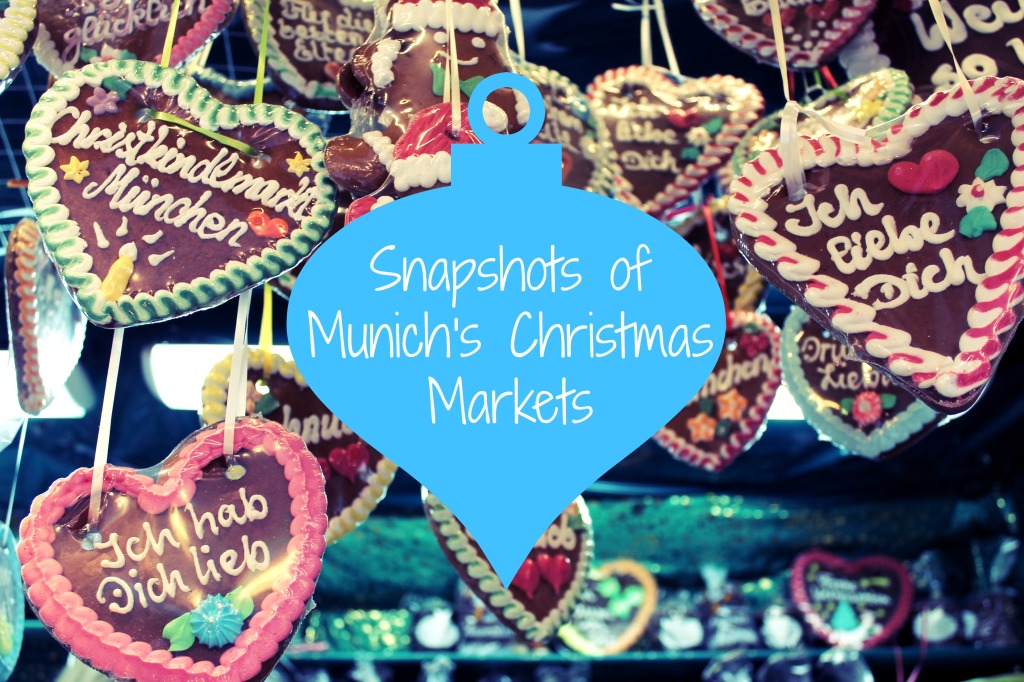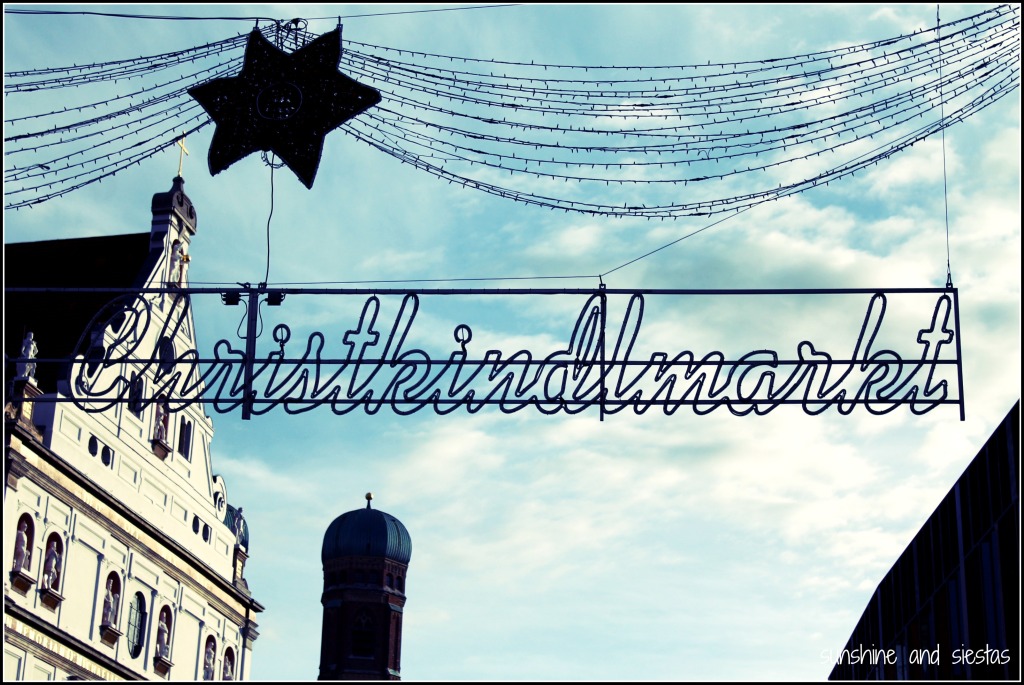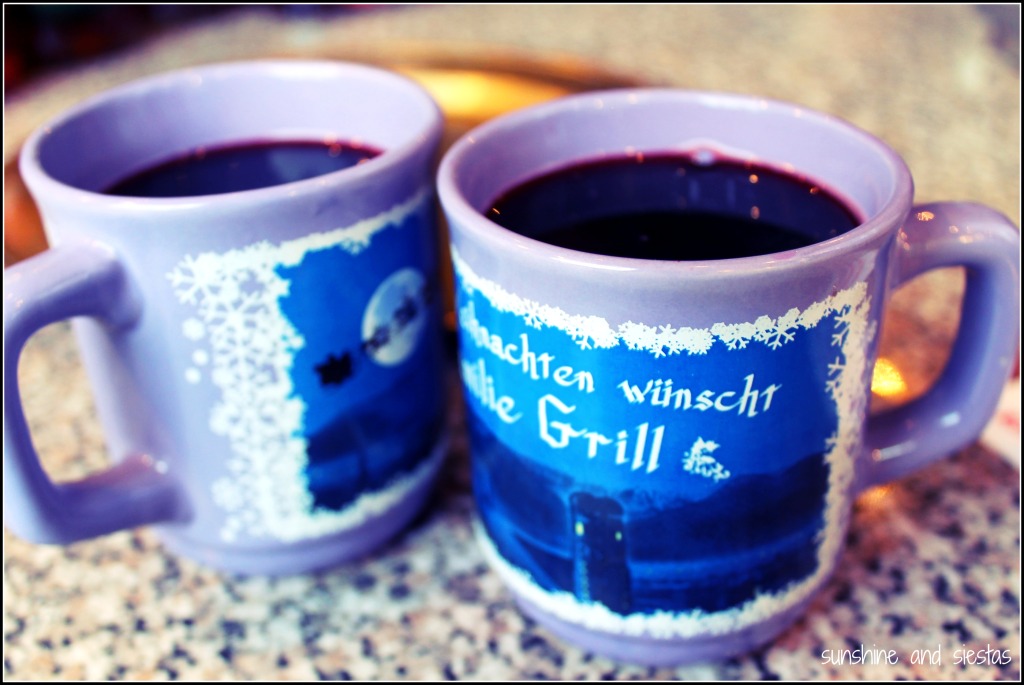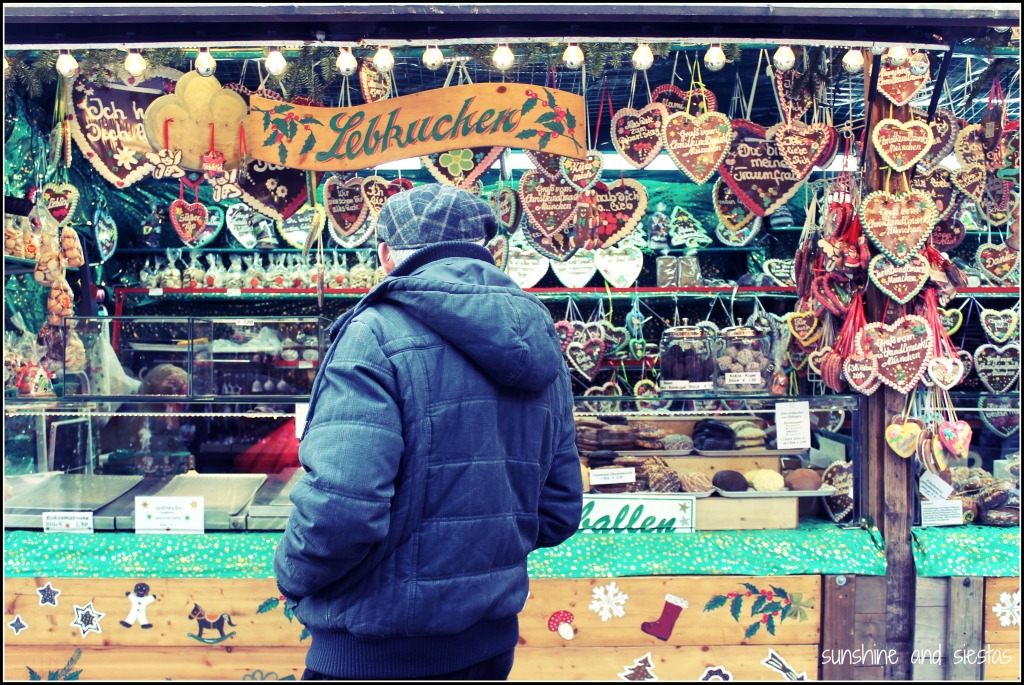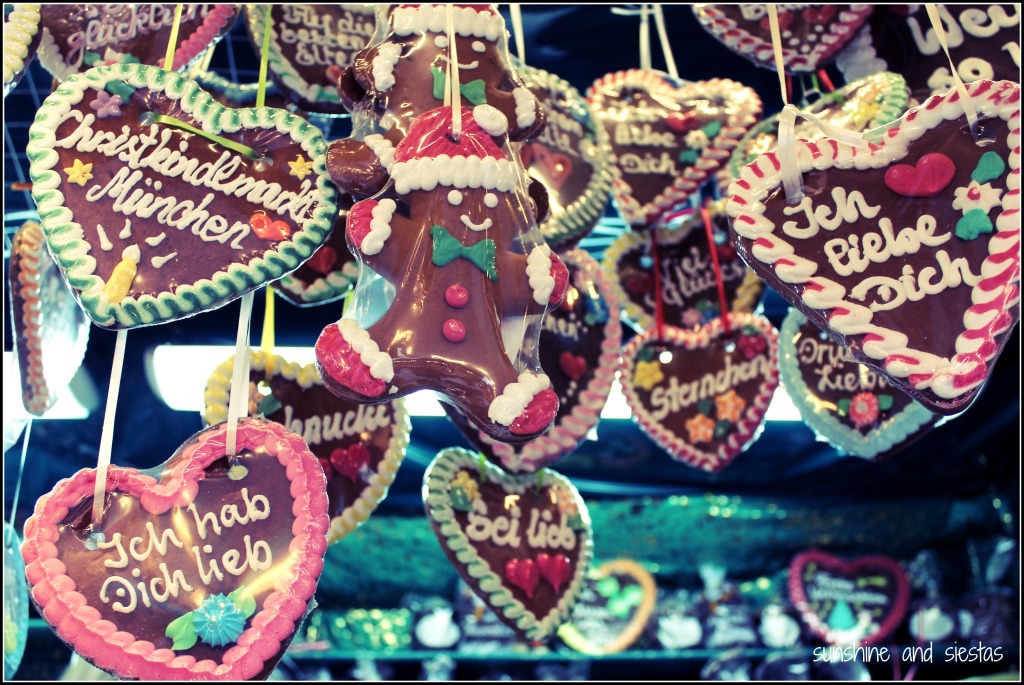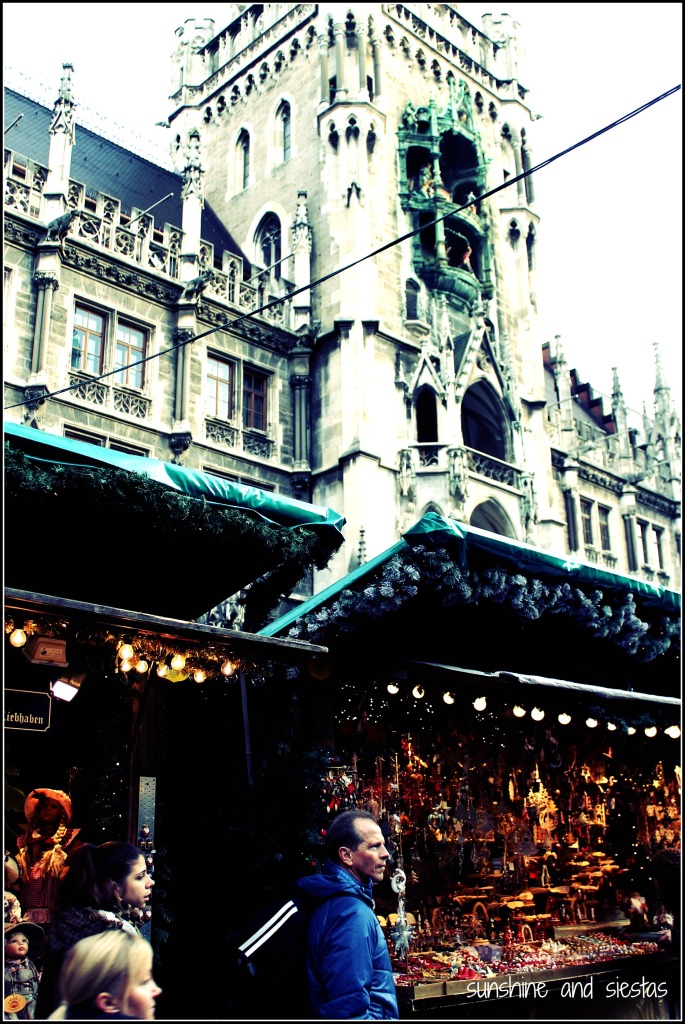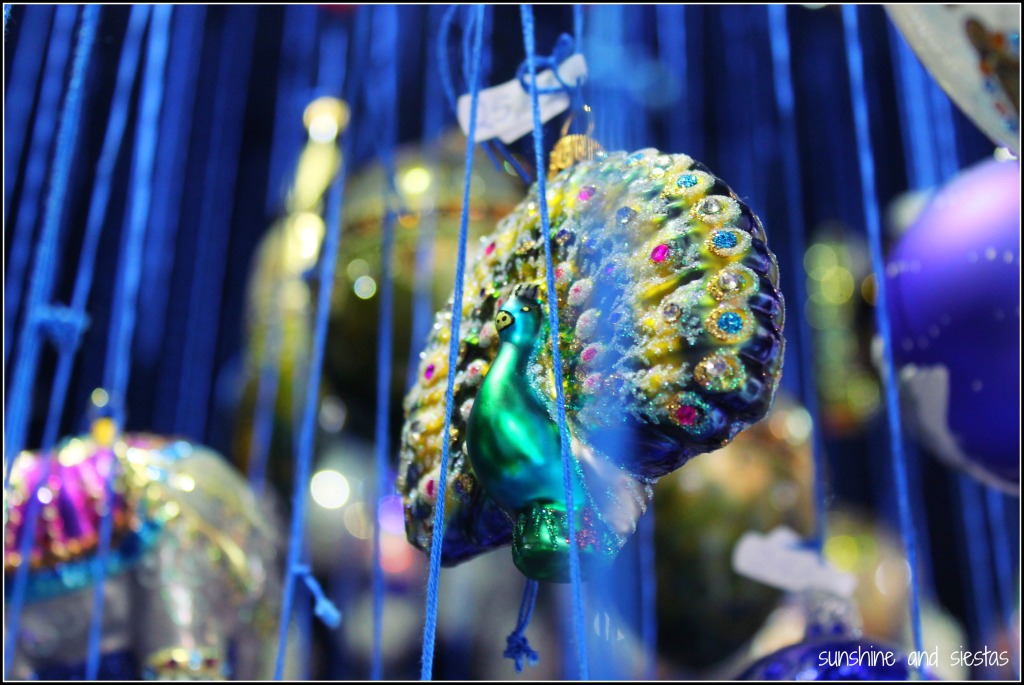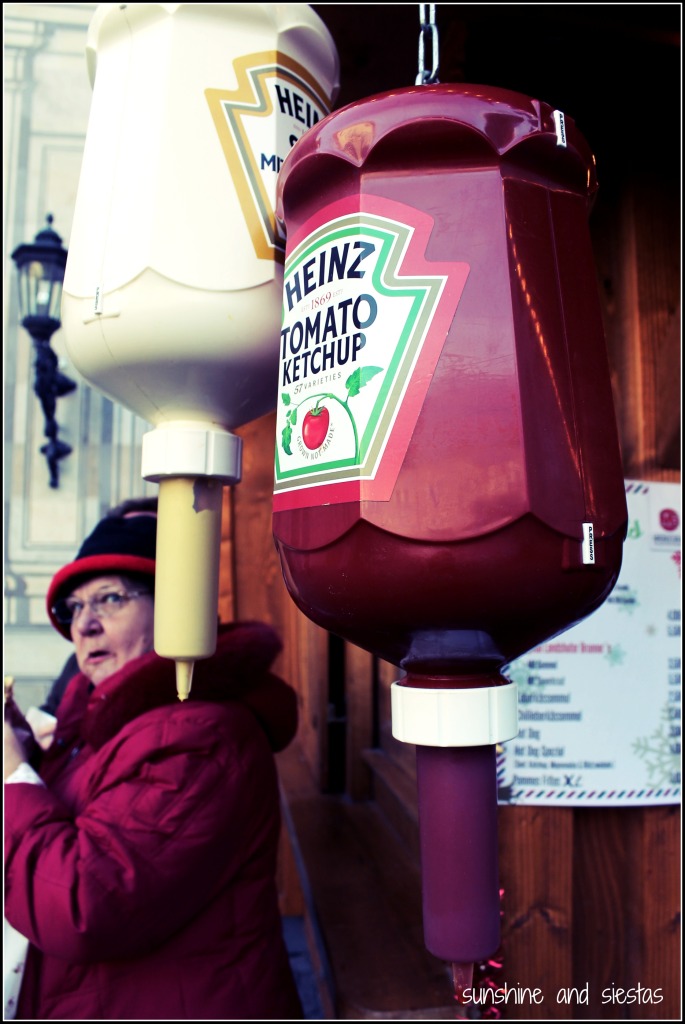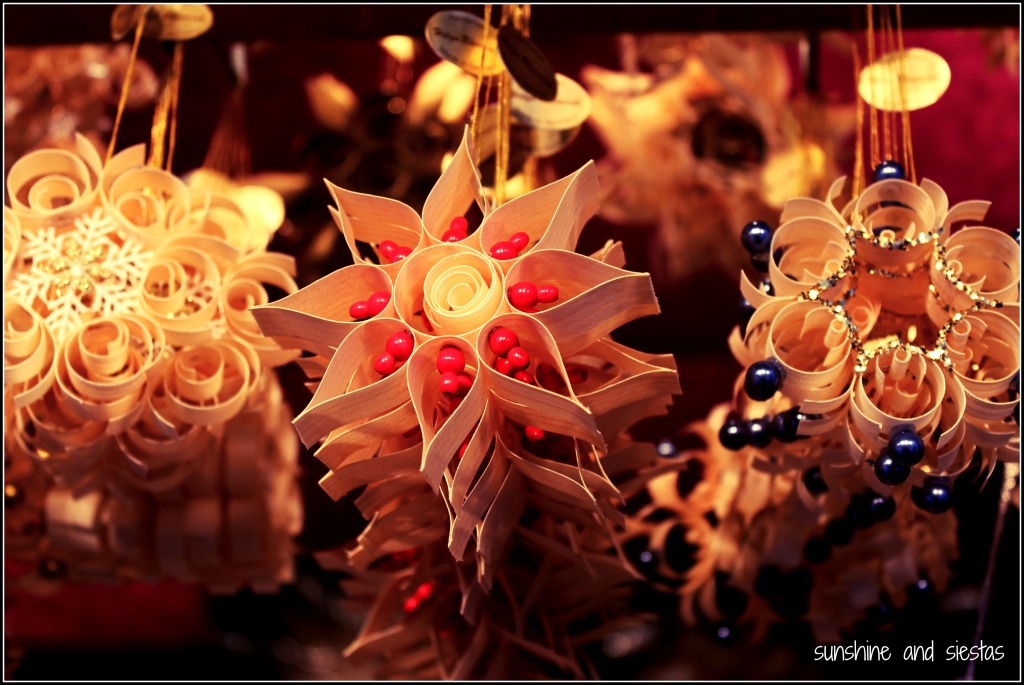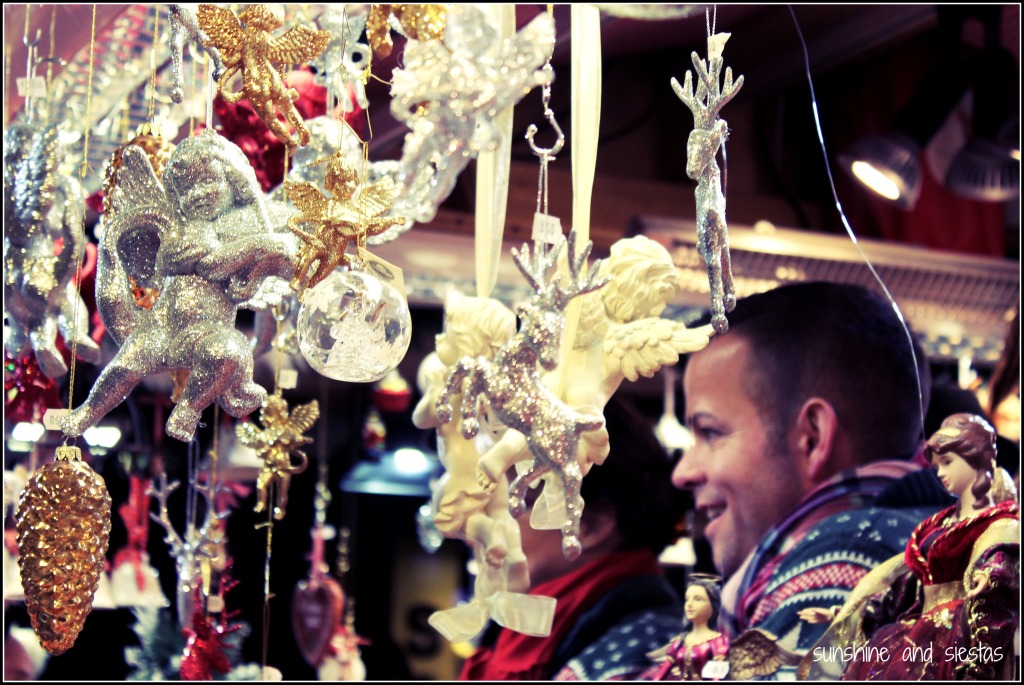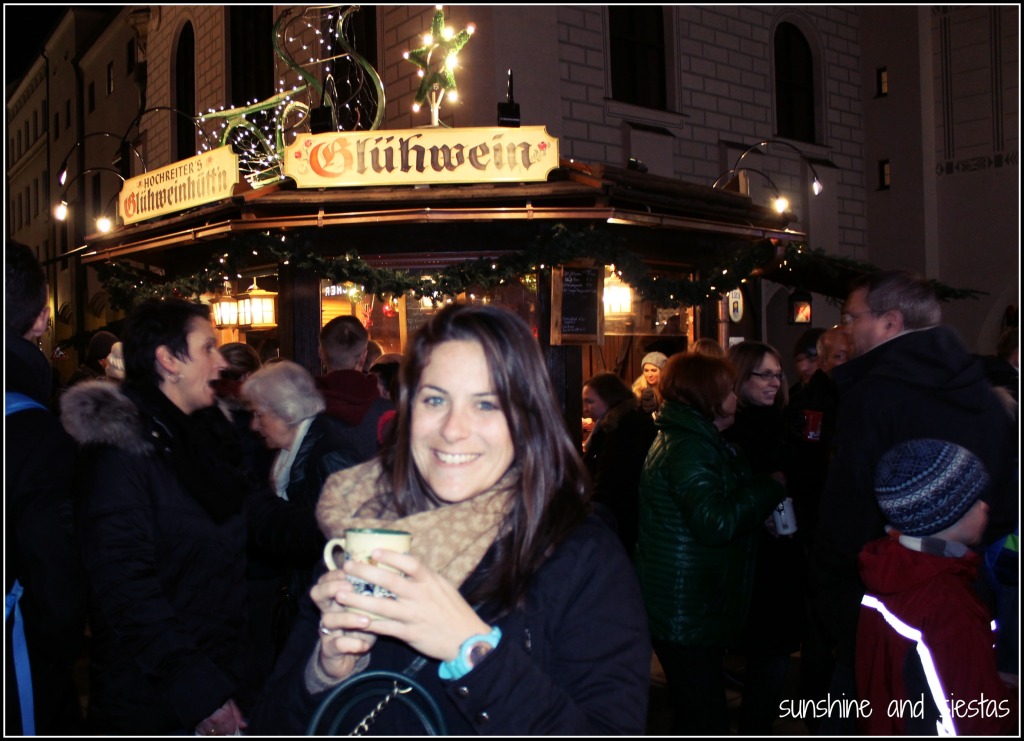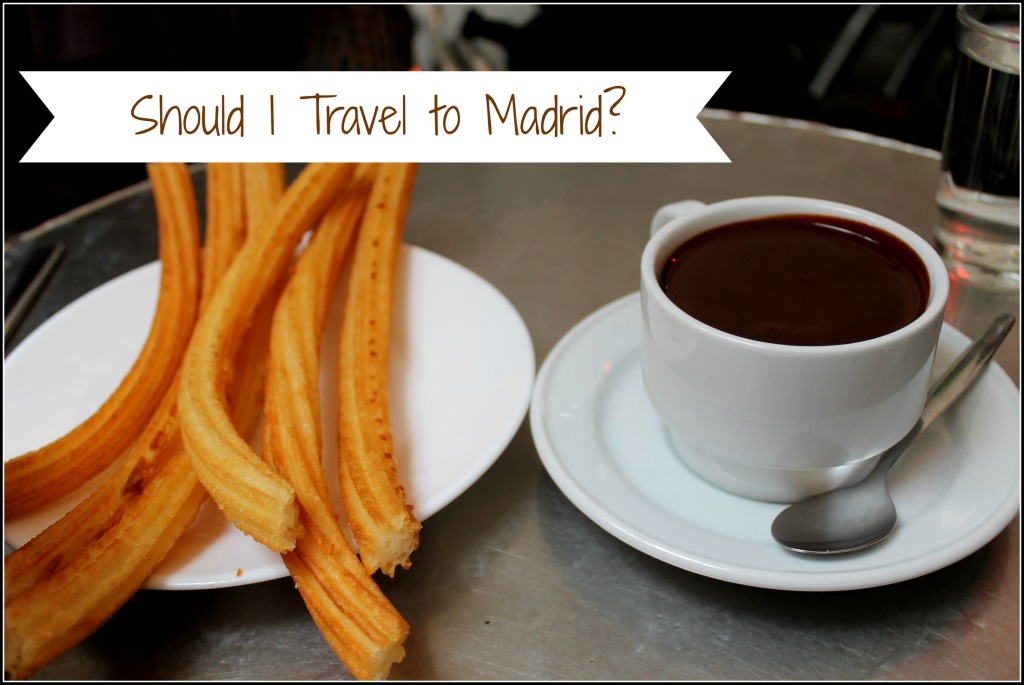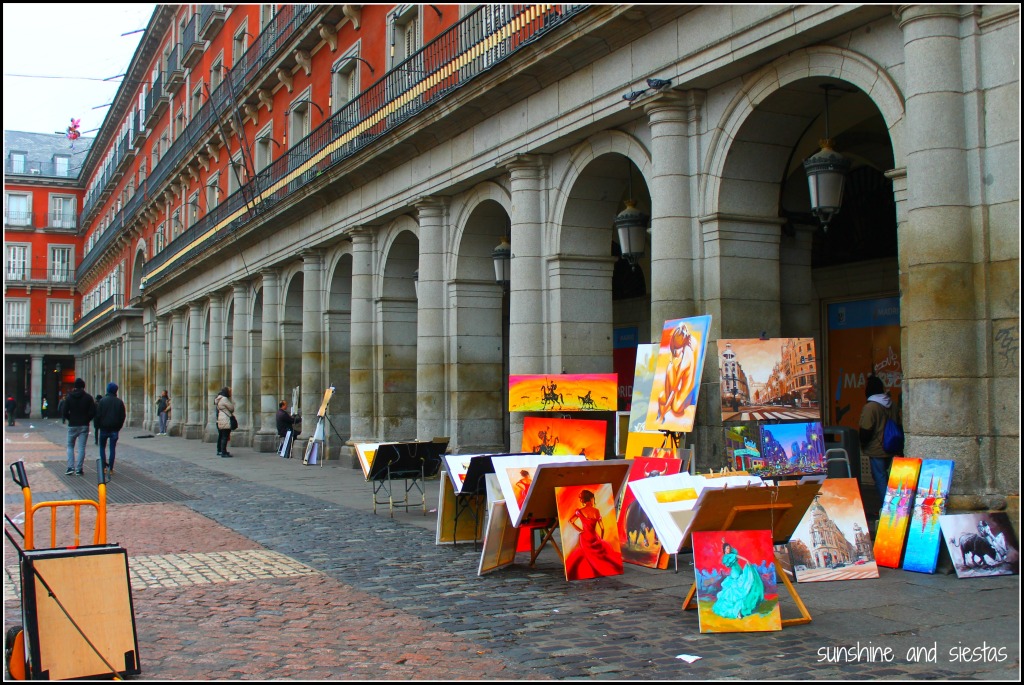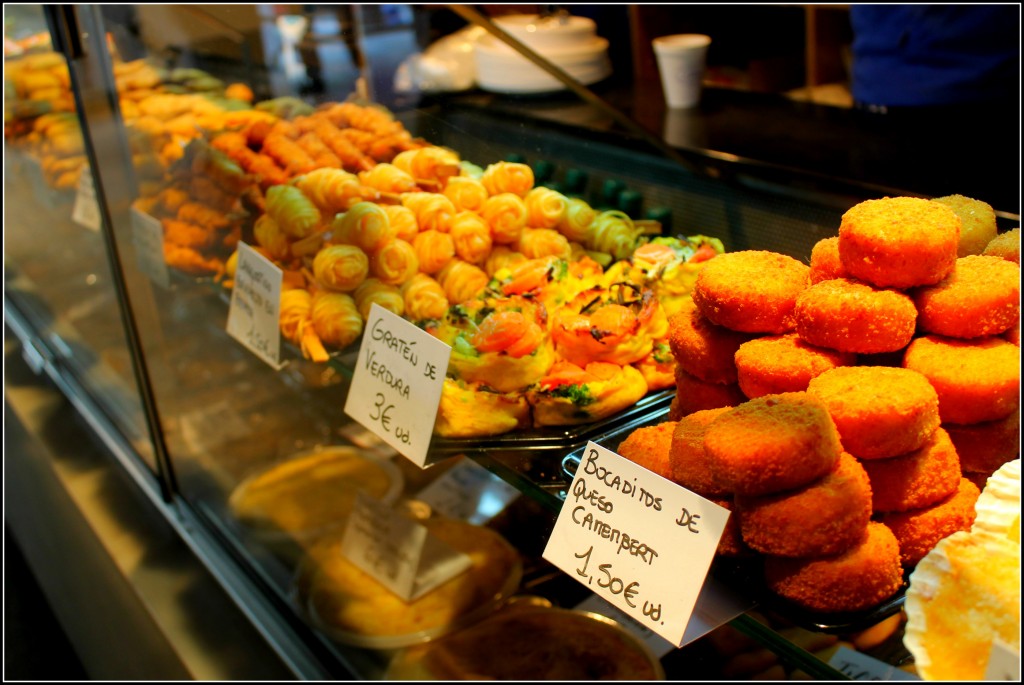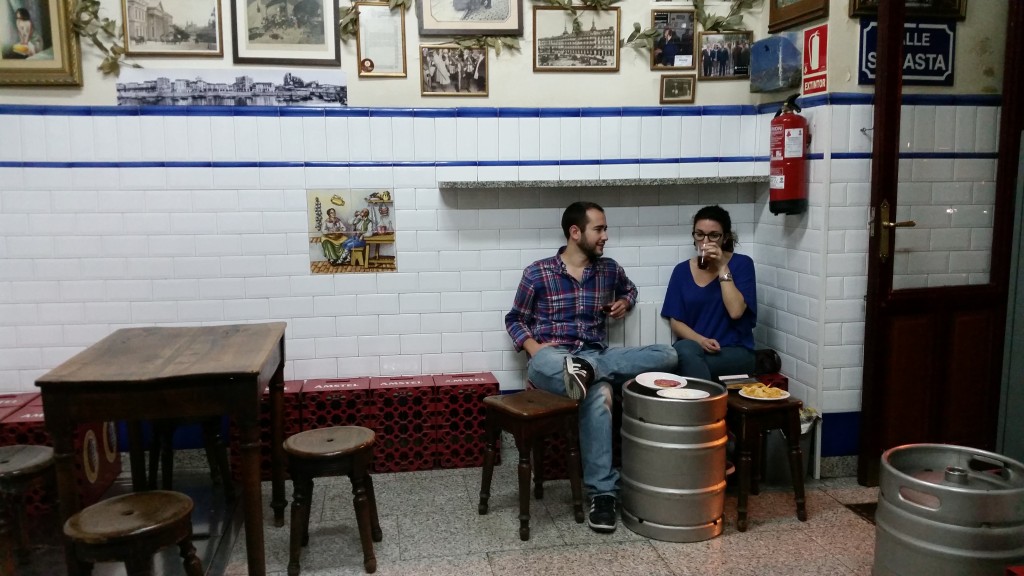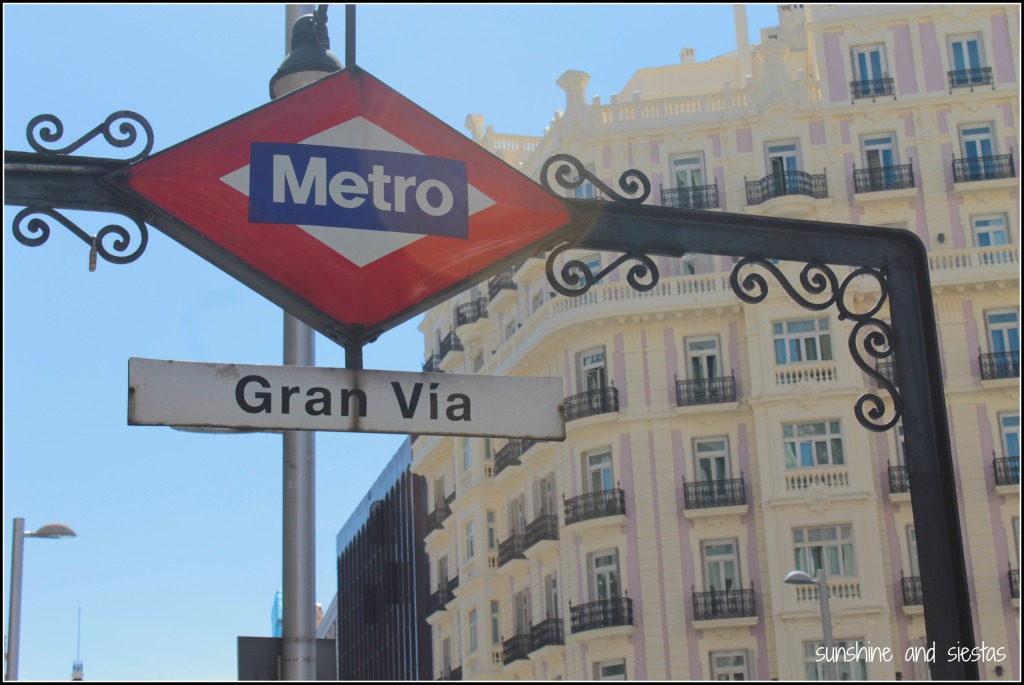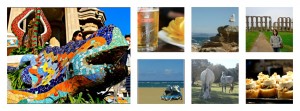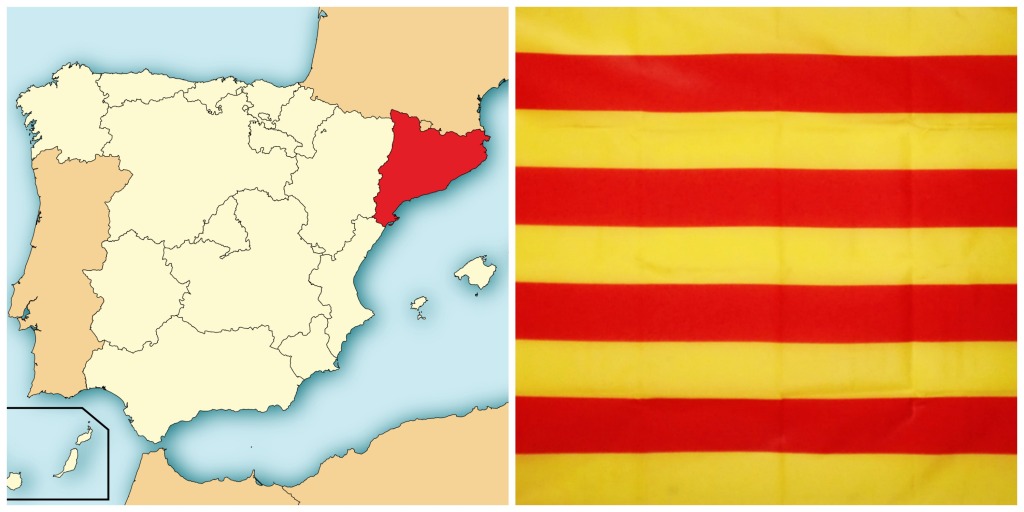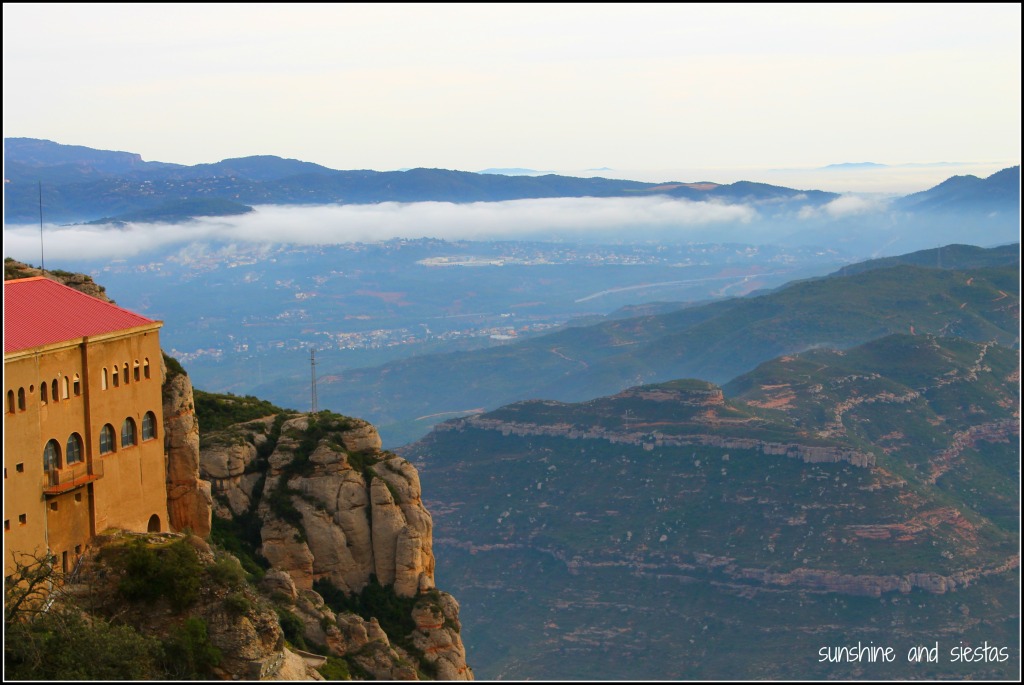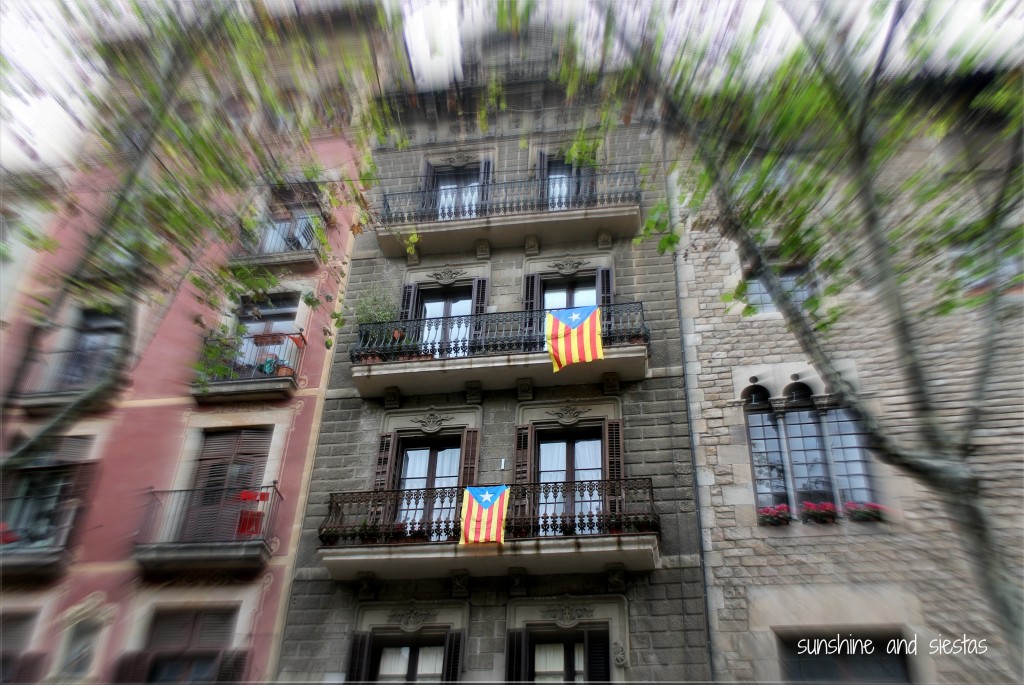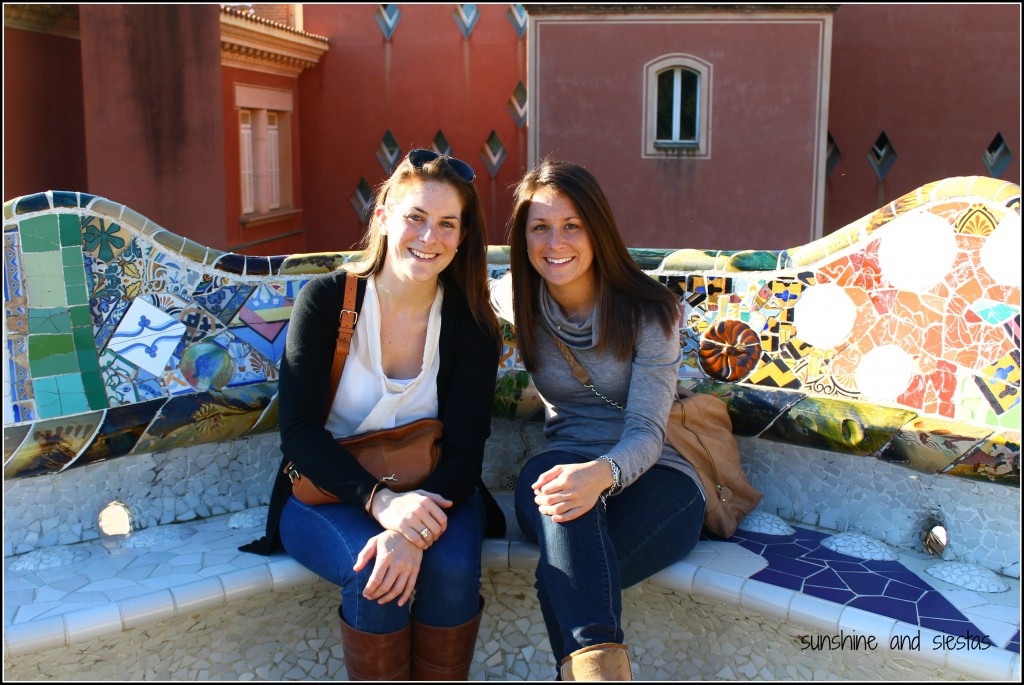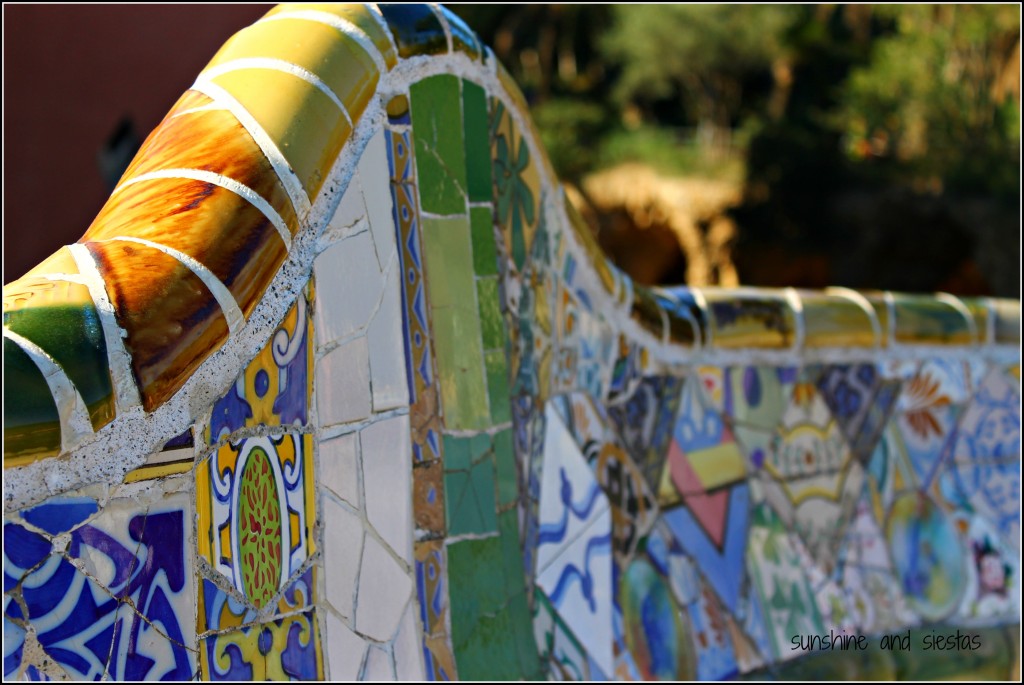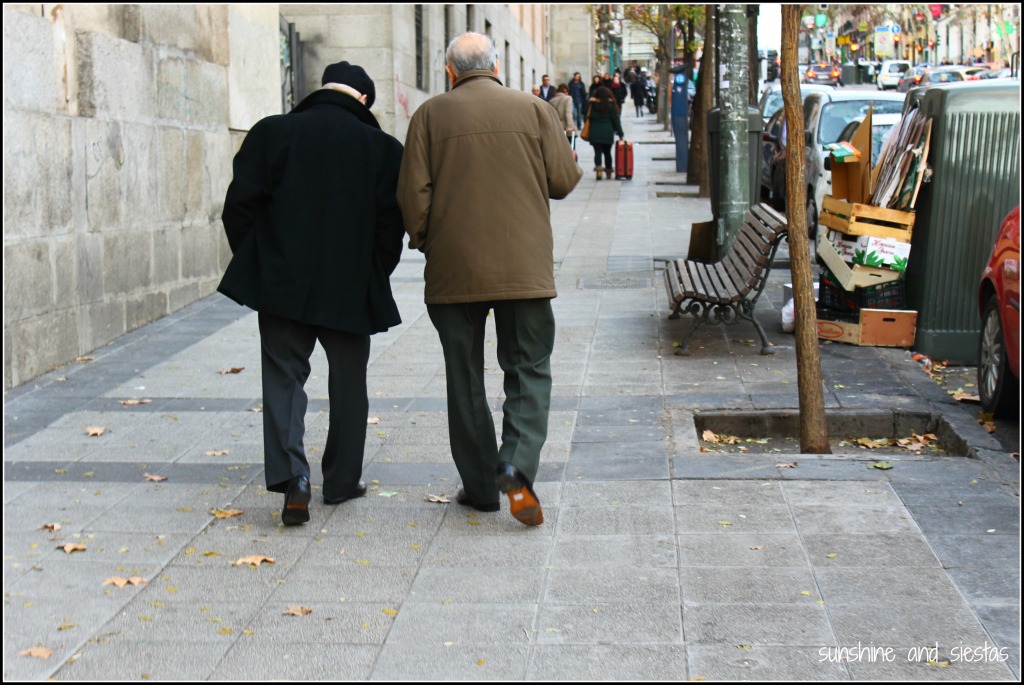Alejandro didn’t even need to tell me where to turn. As soon as I’d passed the Valladolid city limits, I went into autopilot and followed the roads I used to walk as a study abroad student in the capital of Castilla y León. Easing into third, I made my way past the bullring and Campo Grande, along the Rosaleda and the Pisuerga river to Plaza San Pablo, smack in the middle of the historic city. Alejandro was shocked that, nearly a decade after I studied there, I knew Valladolid better than he did.
He also found it hilarious that I remembered my first glimpse of the former Spanish capital – a boy peeing on a tree. A sign of the things to come, I guess. We had a good laugh as I navigated the wide avenues of Pucela.
I parked off of Avenida de Palencia in a square I’d pass through on our my to the university every morning, handing him his bags and giving the standard dos besos as I wished him well. He suggested having a beer, and I was only a few blocks from my host family’s new apartment, but I needed some time to soak up the city where it all started.
I walked from Avenida de Palencia past the National Sculpture Museum at Plaza San Pablo. Stood next to La Antigua and in the shadow of the cathedral as the sun inched high into the sky. I was hoping to have a glass of wine in a bar I’d once nipped into, but the blustery November day meant that most things were closed. It was like a metaphor for everything I’d heard about pucelanos before I lived there – closed off and shuttered.
My feet led me back towards Plaza Mayor and its stately buildings and beautiful town hall; my stomach led me to Los Zagales, where my ears were treated to castellano. Just as I was paying and putting on my jacket, a hail storm erupted and the bartender smiled as he gave me another dos dedos of wine. Closed off? Maybe, but stingy the locals are not.
The hail suddenly slowed and then stopped, and I whirled around looking for what I knew would come next: a rainbow, stretched just behind the statue of the sacred heart.
Aurora’s whatsapp came just as I walked in front of Sotobanco, our favorite bar. She asked how the driving had gone and if I’d like to meet her and her mother to pick up Lucía, Aurora’s eight-year-old daughter. Again, my feet traced the city streets, slick with rain.
Older Aurora grabbed my hand and led me towards Plaza de la Universidad, literally tracing back the steps we’d taken when she first picked me up from the bus when we were assigned host mothers on that day back in May 2005. Back then, she seemed aloof, soft-spoken and overly Catholic. In these nine years, she’s become more than the woman who washed my clothes and made me tortilla.
When we arrived at Plaza de la Universidad to meet Lucía’s school bus, I reminded old Aurora of when I’d been on the bus, the last student to be chosen by a host mother. Be it luck or destiny, she smiled and clasped my hand tightly. “Sí, Cati, lo recuerdo.” The rain began again, a site I’d not seen in Valladolid ever – not when I studied abroad, nor on my subsequent visits.
The following morning, Aurora and I took Lucía to a children’s workshop in the newly inaugurated Auditorio Miguel Delibes, near the Real Valladolid Stadium. Sitting high above the Parquesol subdivision and a hill that slopes down gently towards the river, I contemplated the cold, gray day, and the nine yeas that had passed since my first moments in Spain.
The city of Valladolid itself didn’t seem to have changed since 2005, save the weather. Back then, we’d spend our afternoons next to the manmade beach, eating ice cream and drinking beer on the argument that it was cheaper than water (viva España).
Now, as I buried my nose in my scarf, I had to breathe a sigh of relief that this place, so emblazoned in my heart and my head and my first digital camera’s memory card, has remained largely the same. The hue of Plaza Mayor was the same fiery red, the naked statue in front of the post office still made me giggle, and the dollar store where we’d meet every morning to walk to class together called Los Gatos was open, despite slowing business in La Rondilla.
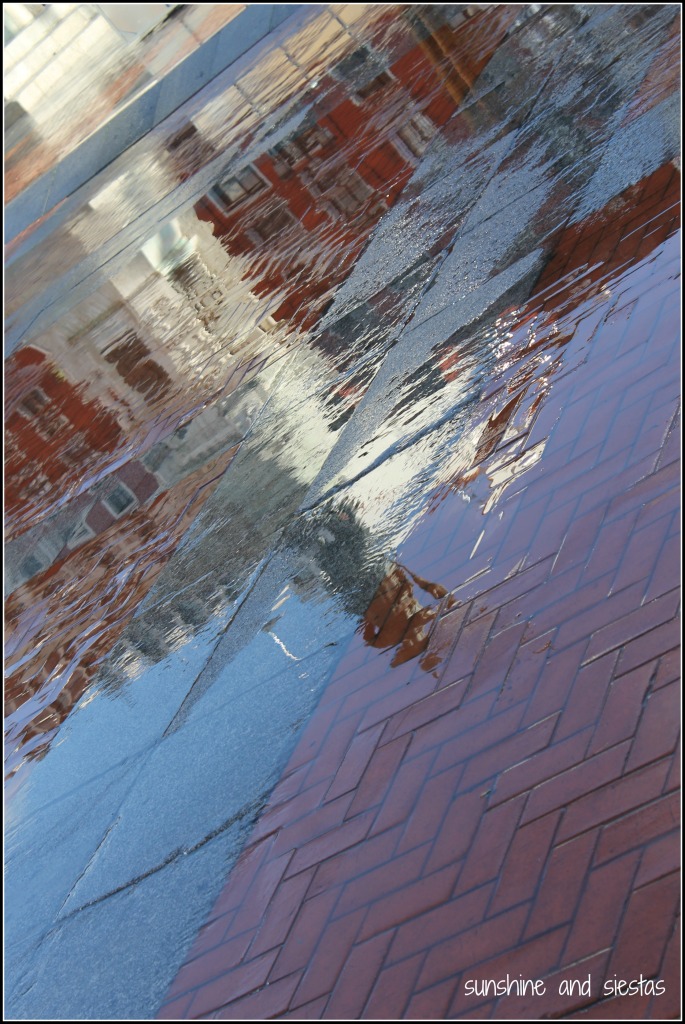
Returning to Valladolid is always a strange swarm of memories – the euphoria of discovering a new culture and language coupled with the then-debilitating homesickness and language barriers, namely – but Younger Aurora wields a bottle of local wine and two glasses.
“A tí, Cati,” she says, pouring me a hefty glass, “and to this Spanish American life you’ve created.” Little does she know just how important she was to making it so. I hand her a Save the Day card and her eyes glaze over, but we toast and gulp down the wine, catching up on the changes our lives have seen in these few years.
Did you study abroad? Have you been back to visit since? If so, what were your impressions?
